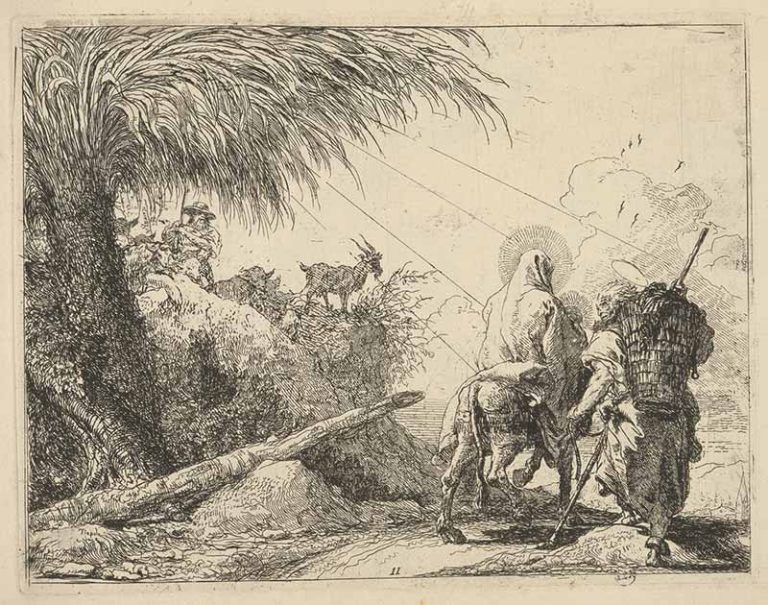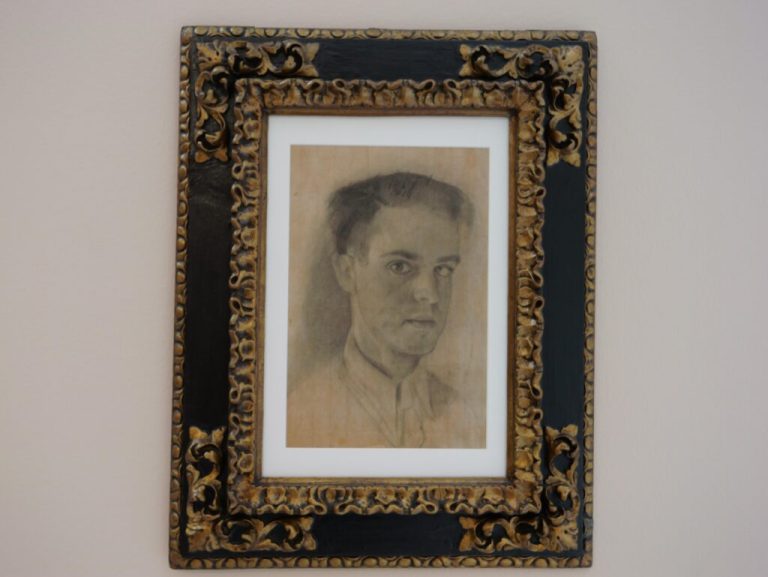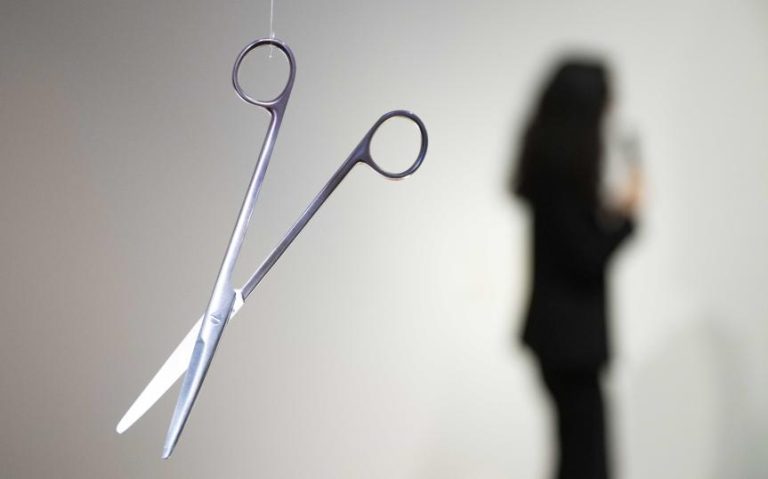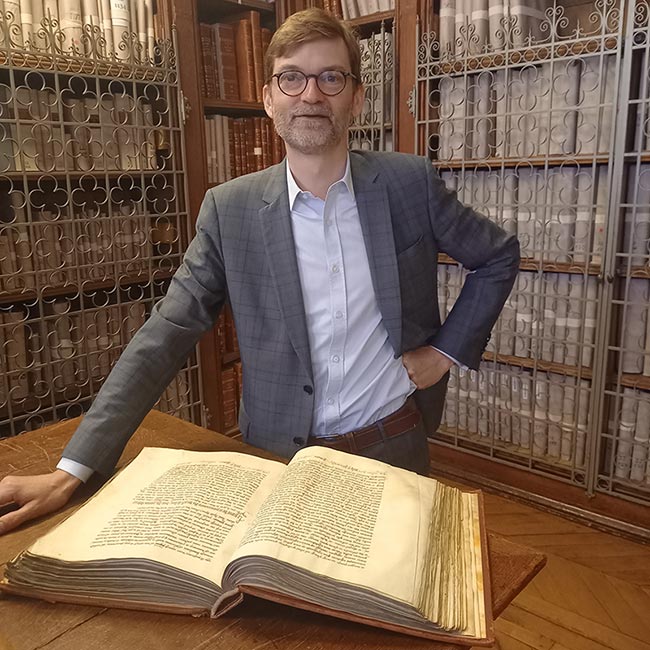Malaga,
Last March, the Museo Picasso Málaga premiered the presentation of its collections, a remodeling of its permanent collection called “Pablo Picasso: structures of invention. The unity of a work” and which will continue to be valid for three years, until the spring of 2027. This new tour includes a set of one hundred and forty works by the artist, a dozen of them never exhibited in Spain and all belonging to his private collection; These are paintings, sculptures, drawings, ceramics and engravings.
The great particularity of this presentation compared to other previous ones at the same center is found in the criteria for its arrangement: these pieces are not exhibited chronologically, nor taking into account their structuring in the successive stages of Picasso's career, but rather focusing on the concerns of the author that survived throughout the decades, in those features that give a unitary character to his production, that reveal the relationships between works from different periods and avoid the usual classifications.
The academic supervision of this project has been carried out by Michael FitzGerald, professor of Art History at Trinity College in Hartford, Connecticut (USA), in collaboration with the Almine and Bernard-Ruiz-Picasso Foundation; From his perspective, the Picasso legacy as a whole is marked by two opposing forces of inspiration, innovation and retrospection, that is, a disruptive will and a look at tradition, and these concepts explain that, apart from his immersion in styles as different as classicism, cubism and surrealism, we can delve into his compositions by attending to searches that were permanent although he carried them out in different ways.
The approach of these “Structures of invention” seeks to involve the viewer in the creative processes of the man from Malaga over the years, without fragmenting them into their well-known phases (blue, pink, cubist, classicist and surrealist), but also emphasizes the weight of women in their work; We could even articulate his work in the periods in which he remained with (or at least close to) Fernande Olivier, Olga Khokhlova, Marie-Thérèse Walter, Dora Maar, Françoise Gilot and Jacqueline Roque, even though we are invited here to contemplate Picasso first, the mature one and the last from a global perspective.
Therefore, creations from different stages have been combined, room by room, in which it is possible to appreciate continuity, or exchanges of techniques and styles; We will detect jumps that illuminate unexpected connections and deep-rooted ideas: the earliest work in the first room dates from the 1890s; the latest, from 1970. Many of these links will be thematic: he did not stop cultivating the human figure, the still life and the landscape, and issues such as bulls – or minotaurs -, family or eroticism are constantly present in his pieces. , from different forms of expression.
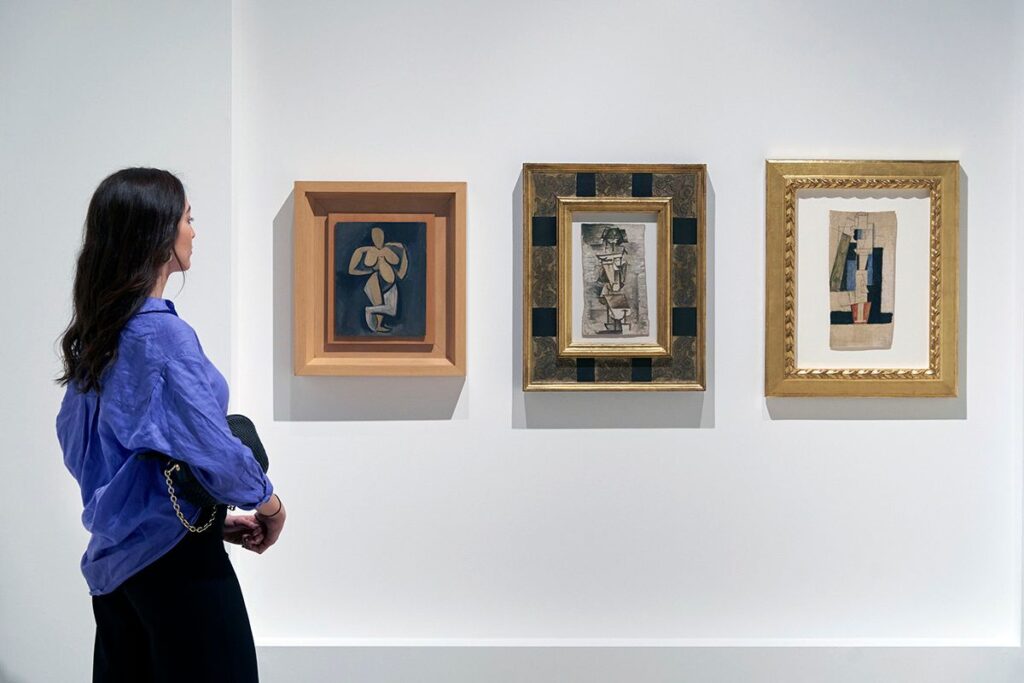
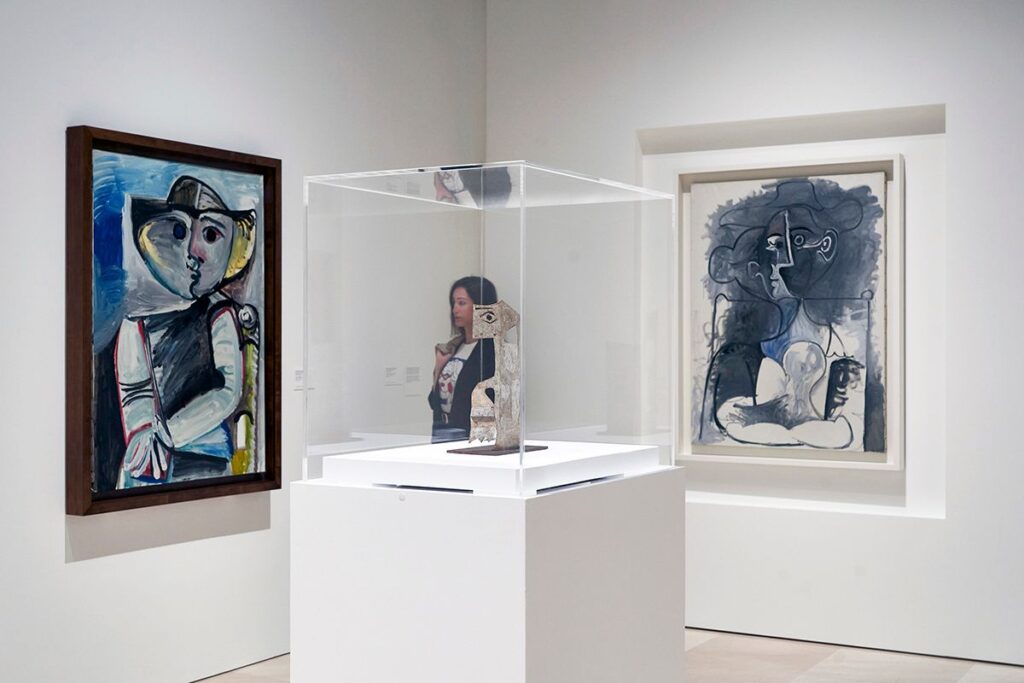
A good part of the works now gathered come from a temporary loan from the aforementioned Almine and Bernard-Ruiz-Picasso Foundation, and the ten unpublished works in our country that we mentioned correspond to three oil paintings, a sculpture, a ceramic, three drawings and two notebooks of these. Of this last group, it is worth highlighting two paintings from the 1920s (Paul and woman head), the sculpture Layered woman (1933), where he explored the possibilities of plaster as a material, and a Spanish plat decorated with a bull's head (1957), whose eyes, mouth and snout are located halfway between the human face and that of the minotaur; It is possible that, as in similar representations, this image is somewhat of a self-portrait. The first portrait, dedicated to his first son and of a sketched nature, moves between the suggestion of childish spontaneity and a beautiful classicism framed in the return to order; as to woman head, clearly responds to surrealist immersions into the dark cavities of the psyche. We will also be able to see three African sculptures that Picasso himself treasured.
Another novelty of this presentation also has to do with the museography displayed: as we pass through the rooms we will find five small exhibitions in focuscurated by many other researchers, which enable our in-depth approach to relevant issues in the development of the artist's career, such as his relationship with African sculpture (by Joshua I. Cohen), his painting on wood panels (Meta Maria Valiusaityte), her plaster sculptures from the thirties (Rocío Robles Tardío), her life in Paris after World War II (Blair Hartzell) or the mural she carried out in the fifties for the UNESCO headquarters in the capital French (Giovanni Casini).
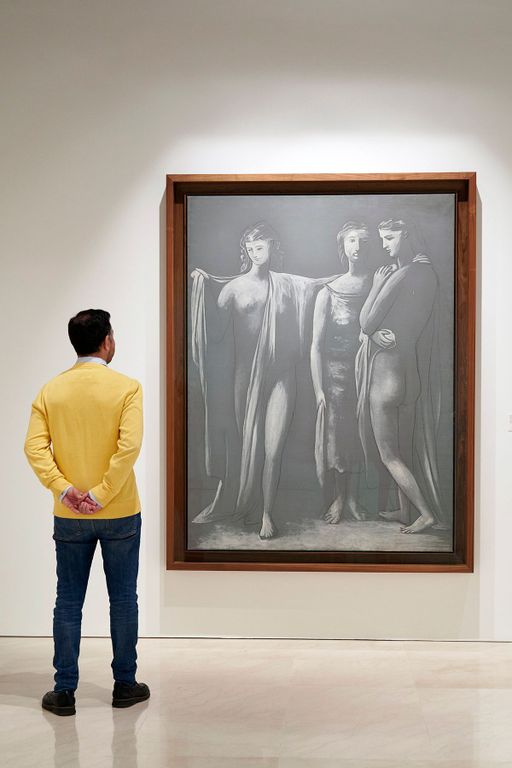
In the coming months we will be able to delve deeper into the theses of “Structures of Invention”: in June, the Picasso Museum will present a chronological panel that will show the links between the artist's life and his art and contemporary events; It will be installed in the covered patio, will be divided into ten chapters and will include biographical episodes, documentary photos and reproductions.
Furthermore, the presentation of the catalog of this proposal is scheduled for October, with five hundred pages illustrated with the works on display and photographs of the rooms. It will have an edition in Spanish and another in English.

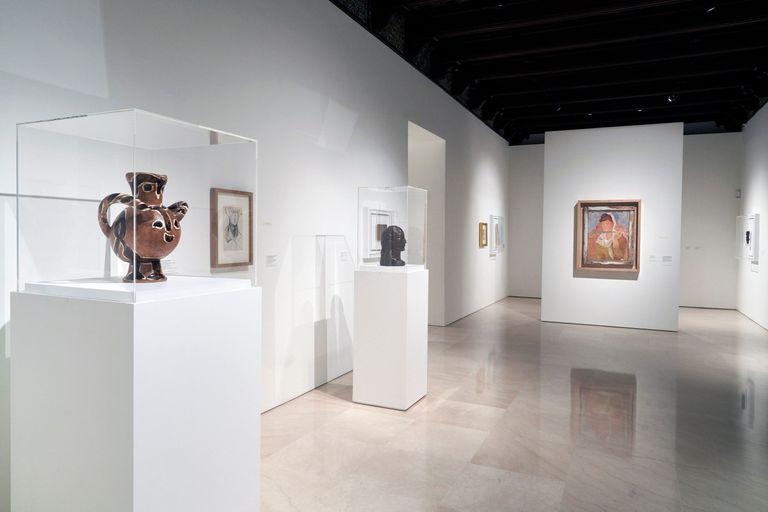
“Pablo Picasso: structures of invention. “The unity of a work”
PICASSO MUSEUM MALAGA
C/ San Agustín, 8
Malaga
Until spring 2027

